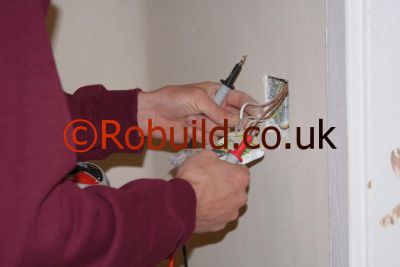Tools for the electrical repair and improvement jobs require only a modest investment. Some of them may already be in your home tool kit -for example, such general-purpose devices as an electric drill, screwdrivers, saws, a hammer and a chisel. Others are more specialized and may need to be added.

• TORCH. Always keep a torch by the fuse board or consumer unit. Then, if a fuse on a light circuit blows during the night, you will not have to grope about in the dark to repair or replace it.
• PLIERS. Two kinds are needed for electrical work. Long-nose pliers have elongated jaws that are ideal for bending a loop in the end of light-gauge wire so that it can be attached to a terminal. The jaws should be serrated to provide a firm grip and there should be cutting edges near the pivot so that you can snip the wire. Electrician’s pliers are used for bending and shaping heavy-gauge wiring and for twisting out removable parts from certain electrical components. These pliers should also have cutting edges and serrated jaws.
• DIAGONAL CUTTERS. Although electrician’s pliers can be used to cut cable, a pair of diagonal cutters will make the job much easier.
• WIRE STRIPPERS. As the name suggests wire strippers remove the insulation from electrical wiring. In the type shown below, there is a notched cutting edge at the end of each arm and a screw for adjusting the arms to the thickness of the wire. The cutting edges sever the insulation enclosing the wire but stop short of the wire itself, allowing the insulation to be pulled away.
• KNIFE. A sharp knife is needed to slit and then trim back the tough PVC sheathing round cable. A utility knife with a retractable blade is suitable.
• TERMINAL SCREWDRIVER. You need a variety of screwdrivers for wiring jobs, but the one you will use most frequently is the terminal type with parallel-sided tip. Although each of the tools shown below is properly insulated, views differ about the value of insulation. On the one hand, it is regarded as unnecessary since work should never be carried out on live circuits. On the other hand, insulation is regarded as a wise safety precaution in the event of mistakes.
